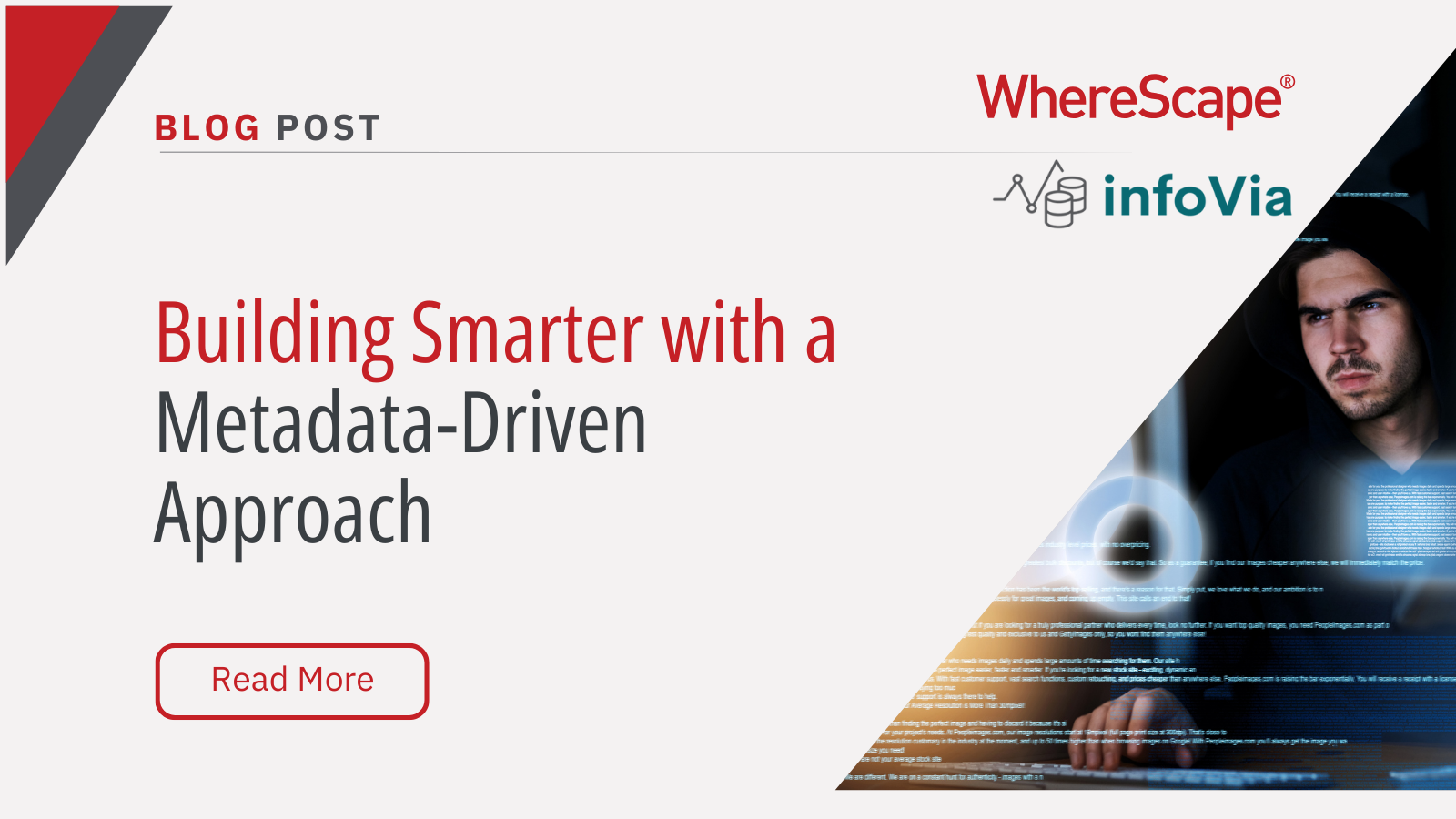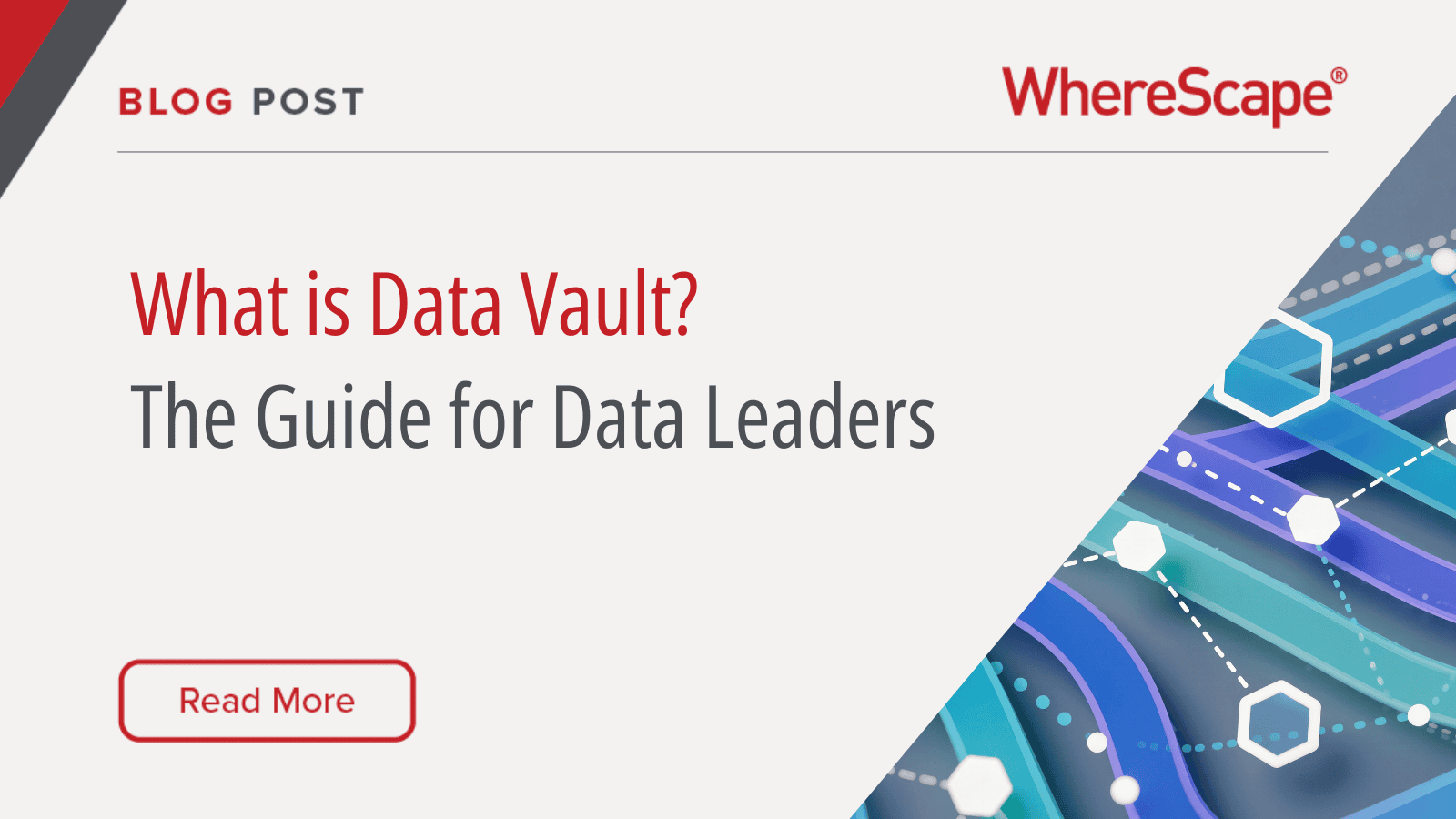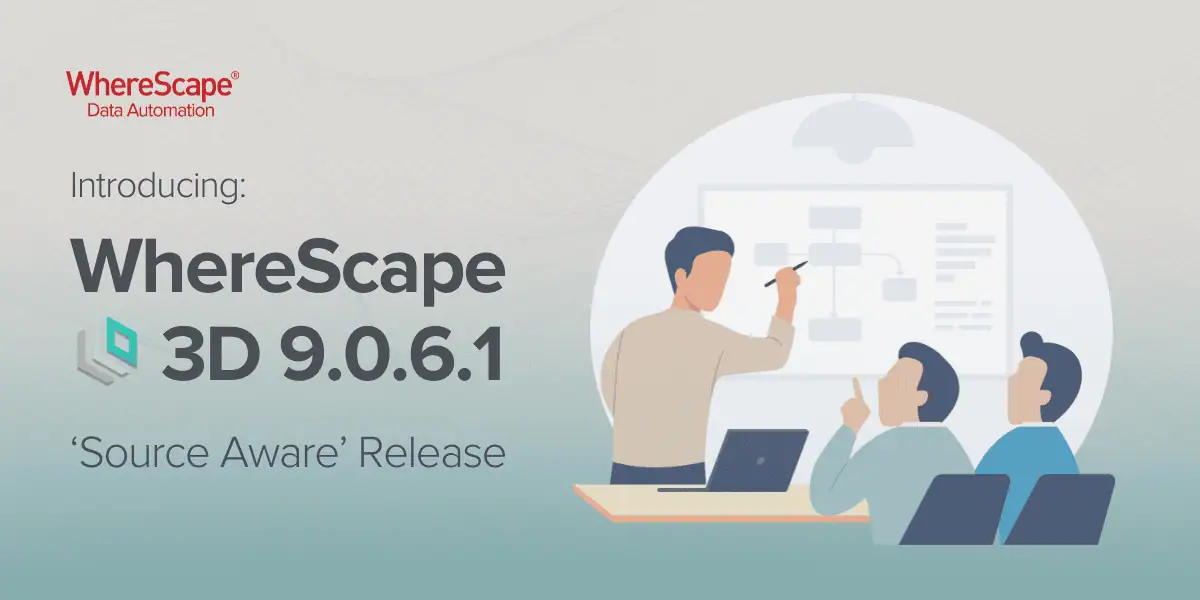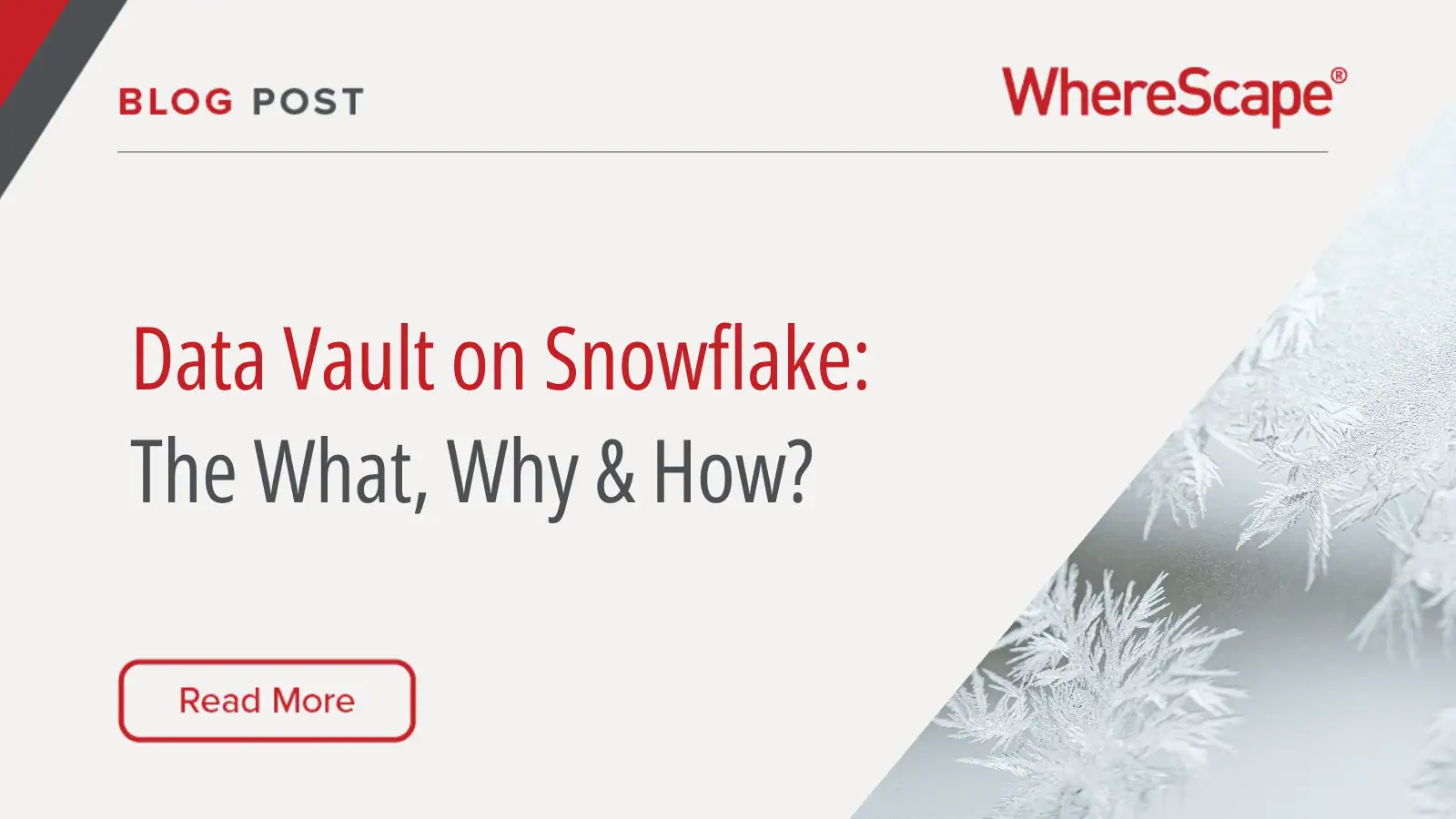Think of building a data management system as constructing a smart city. In this analogy, the data is like the various buildings, roads, and infrastructure that make up the city. Each structure has a specific purpose and function, just as each data point has a particular role within the system.
Metadata, on the other hand, is akin to the city’s blueprint and operational manuals. It provides detailed descriptions of each building’s layout, the regulations governing construction, and the maintenance schedules. Just as a blueprint guides architects and engineers in constructing and managing the city, metadata guides data professionals in organizing, understanding, and maintaining the data.
Without the blueprint, city planners would struggle to coordinate development and maintenance, leading to chaos and inefficiency. Likewise, without metadata, data professionals find it challenging to manage and utilize data effectively, resulting in a disorganized and less functional system.
For that reason, WhereScape and infoVia focus on a metadata-driven approach when building and maintaining data management systems. Let’s take a closer look…
Traditional Code Management

Historically, data management has been code-centric, with the primary focus on writing and maintaining code. Developers wrote code manually, which was not only time-consuming but also prone to human error. This method required extensive debugging and testing, leading to longer development cycles. Metadata – the type of data that describes other data – was often added after the code was written.
This reactive approach led to incomplete or inconsistent documentation, making it difficult to track data lineage and dependencies. As projects grew, managing dependencies between different data elements became increasingly complex, requiring significant manual effort and constant vigilance.
Unfortunately, many enterprises continue to rely on this outdated approach. Studies back this up: 50-80% of data scientist’s time is spent cleaning unruly data before it can be used. In fact, according to Gartner, by 2025, 80% of organizations will initiate data profiling activities to improve the quality of their data assets.
Flipping the Paradigm: The Metadata-First Approach

WhereScape and infoVia shift the archetype: start with metadata, manage the metadata, and then generate code. This metadata-first approach offers several technical advantages that address the limitations of traditional methods.
WhereScape offers a unique, multi-faceted metadata approach by providing two core solutions: WhereScape 3D creates the blueprint for your conceptual data model and WhereScape RED automatically generates the necessary code. This metadata-first approach leads to more efficient development cycles by reducing manual intervention and errors, allowing for rapid prototyping and iteration, and enhancing the overall agility of the development process.
By ensuring high code quality and comprehensive documentation, the metadata-first approach leads to better project outcomes, with projects delivered on time, within budget, and meeting desired quality standards.
With metadata at the core, dependencies are tracked and managed automatically, ensuring that changes in the data model are accurately reflected in the codebase. By decoupling metadata management from specific platforms, WhereScape’s solutions offer greater flexibility, allowing organizations to seamlessly integrate and migrate across various environments without being tied to a single vendor.
infoVia Enhances Metadata Management

One of WhereScape’s top partners, infoVia, is a leading driver of the metadata-driven approach. infoVia provides advanced data integration and management solutions, specializing in streamlining data workflows and enhancing data governance across diverse environments. infoVia’s tools facilitate the seamless integration of diverse data sources, enabling organizations to create a unified and coherent data landscape. Using the metadata-first discipline, infoVia’s CEO, Mike Magalsky puts his clients’ mind at ease, “If you are looking to migrate, now is the time. With infoVia, we’ll not only help you do it the right way, we’ll get it right the first time when implementing your new data solution.”
By supporting the implementation of stringent data governance frameworks, infoVia also ensures compliance with regulatory requirements and enhances data security and integrity. infoVia’s scalable solutions grow with your organization, adapting to evolving data needs and allowing companies to stay agile and responsive to changing market dynamics.
Metadata Management: A Deeper Dive
As we’ve addressed, using a metadata-driven approach offers several benefits over the traditional approach to data management, including enhancing searchability and collaboration within a codebase, enabling better tracking of code changes, dependency management, and overall code quality. Now let’s look at the types of metadata and some best practices…
4 Key Types of Metadata
- Technical Metadata: Includes database schemas, mappings, code, transformations, and quality checks.
- Business Metadata: Encompasses glossary terms, governance processes, and business context.
- Operational and Infrastructure Metadata: Covers runtime statistics, timestamps, volume metrics, log information, and system locations.
- Usage Metadata: Involves user ratings, comments, and access patterns.
WhereScape and infovia’s metadata management tools create a unified foundation by:
- Collecting: Scanning metadata from various data systems, both cloud-based and on-premises, to ensure trustworthy data for analytics and data science.
- Curating: Documenting the business view of data, including glossary terms and user input, to assess the usefulness of data assets.
- Inferring: Applying intelligence to discover relationships and rank the most useful data sets for different users and purposes.
Best Practices for Metadata Management
- Unified Metadata Foundation: Build a common foundation to provide insights and intelligence across all data processes.
- Comprehensive Metadata Categories: Utilize technical, business, operational/infrastructure, and usage metadata for a full spectrum of data intelligence.
- AI/ML Integration: Apply AI and machine learning to make metadata management processes smarter and more dynamic.
- AI-Powered Data Catalog: Capture and contextualize metadata, making it easily discoverable and trustworthy for all users.
- Breadth and Depth: Ensure extensive metadata connectivity, deep extraction, and scalable support for vast data assets.
- AI/ML Model Governance: Manage and govern AI/ML models effectively by capturing their metadata and measuring performance against business KPIs.
- Metadata Stewardship: Develop a program with dedicated metadata stewards to implement and uphold metadata management policies.
A Blueprint-Driven Strategy

Just as a smart city thrives on its blueprint for cohesive development and efficient operations, a robust data management system flourishes with a metadata-driven approach. WhereScape and infoVia are your architects and engineers, transforming complex data landscapes into well-structured cities.
By prioritizing metadata, they ensure every data point is precisely placed and purposefully used, leading to a seamlessly integrated, high-functioning system. Embrace this blueprint-driven strategy to construct a future-ready data ecosystem that stands tall and operates flawlessly.
Contact us today to learn how our metadata-driven solutions can future-proof your data management system.




